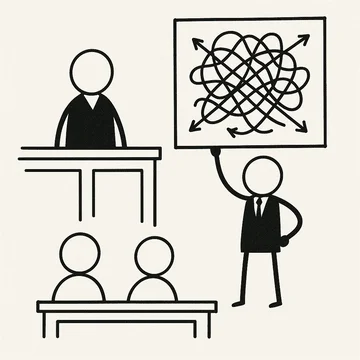During the claim construction process, parties identify and offer constructions for claim terms. It is not uncommon for parties to dispute the meaning of words within those constructions but which do not appear in the claims themselves, leading to further refinement of positions during subsequent exchanges and briefing. Parties may be tempted to ask the Court to separately resolve these "construction within a construction" disputes. Judge Stark recently addressed such a request.
In an August 31, 2020 claim construction opinion issued in Huber Engineered Woods LLC v. Louisiana-Pacific Corp., C.A. No. 19-342-LPS, Judge Stark noted that while the parties had briefed the term "wood," they agreed in a post-hearing submission that the term "does not appear as a standalone term in any claim of the Patents-in-Suit."
The term "wood" was part of the plaintiff's proposed construction of another term - "structural wall panel." Plaintiff proposed "plain and ordinary meaning" for "wood," but defendant proposed a specific definition.
Rather than build its definition of "wood" into the construction of "structural wall panel," the defendant briefed it separately. Judge Stark concluded that there was "no need" for the Court to construe "wood," and quoted Federal Circuit precedent explaining that claim construction "is not an obligatory exercise in redundancy."
It is not clear whether Judge Stark declined to construe "wood" because he rejected plaintiff's construction of "structural wall panel" (in which the word "wood" appeared) or more categorically because it was not a claim term, or both. But it demonstrates that breaking out non-claim terms for separate construction is a risk.
If you enjoyed this post, consider subscribing to receive free e-mail updates about new posts.






